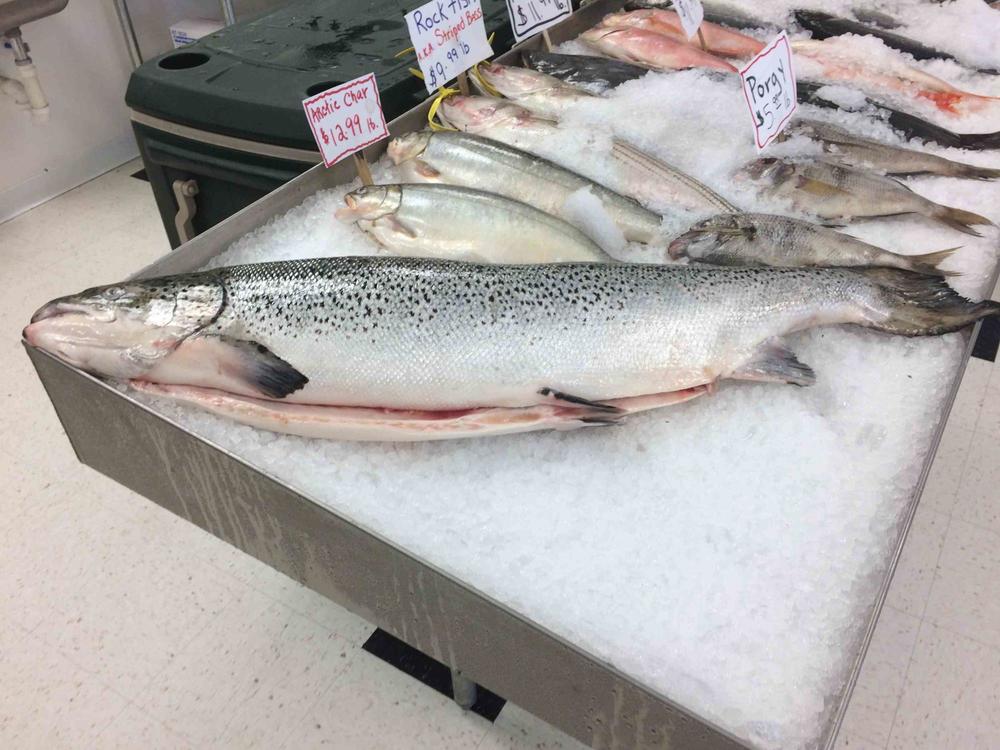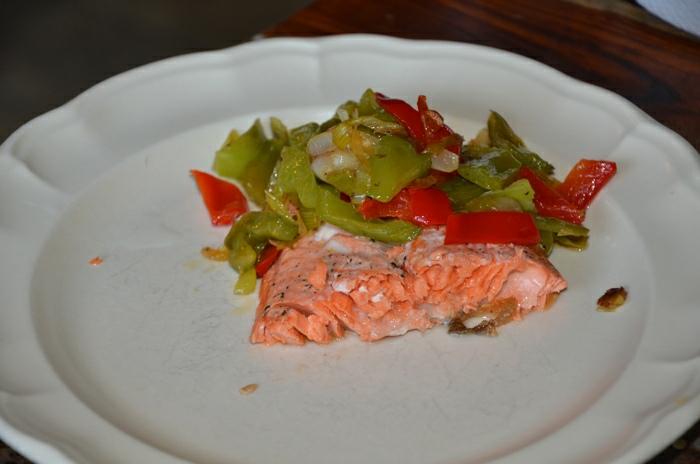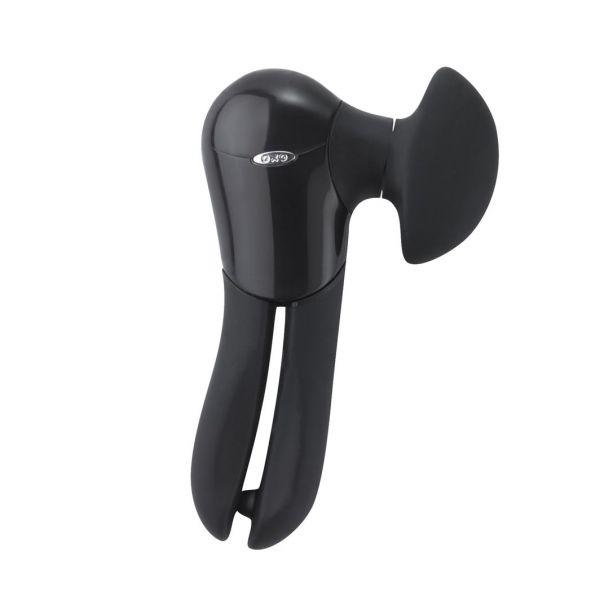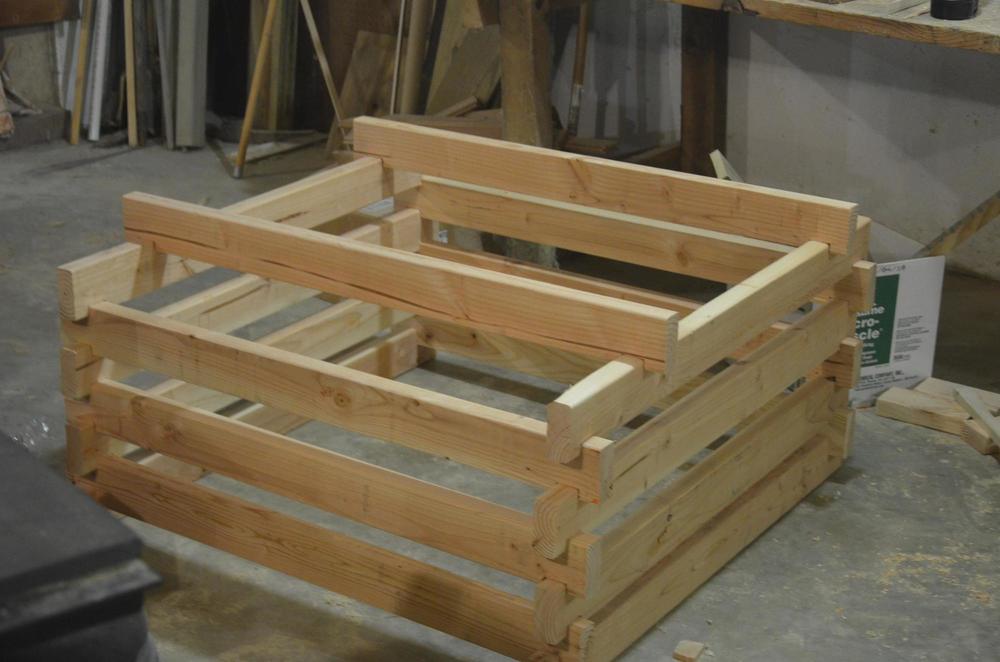-
Posts
1,324 -
Joined
-
Last visited
Content Type
Profiles
Forums
Store
Help Articles
Everything posted by AlaMoi
-
the internet has many experts
-
yes, seriously. borosilicate glass aka Pyrex will withstand about a 340 degree F temperature 'shock' before the thermal stress exceeds the mechanical strength. the new stuff from tempered soda lime glass is not as resistant to thermal shock. anything liquid in the pan is not over 212'F plus a bit for 'contaminants' the max temp differential applies to "perfect" condition - any nicks, chips, etc cause stress risers and it'll shatter 'quicker' normal wear and tear on 'the good old stuff' most likely has resulted in those kinds of nicks - even microscopic chips count when dealing with stresses in glass.... there are lots of reports exceeded only by the hysteria on the topic - but my all time favorite is the often cited Consumer Reports research which, in the best imitation possible of Myth Busters . . . could not cause it to shatter so they ignored all the rules and managed to shatter one. if it didn't break, use more C4.....
-
if you're going to consume it raw, then freezing is recommended - required by law in commercial settings (probable unknown exceptions...) sushi is typical so thin sliced or small cubed the difference in texture from freezing is not nearly so noticeable. cooked is not such an issue. the FDA, which specializes in ashen foods, recommends 170'F - but I don't go that high. fisheries like the Scottish salmon industry are zealous about their reputation and reportedly have extensive inspections in place. 'wild caught' by some one some where . . . . that one might wish to cook to the higher temps.
-
arugula would work well if you can't find sorrel.
-
one should only speak in generalities because there all kinds of situations and variations.... thick pieces are quicker to handle with a push cut - you have more leverage. start tip down, slice forward while pushing heel down. thinner cuts are best done with a pull cut - if pushing the meat likes to run away from you. sharp knife, tip down, slice on the pull - as need one can hold the far edge still. sharp knife is more important in the pull than the push, but perhaps that's best expressed as 'sharper' - a dull knife is not a good start for meat cutting.
-

Where to find great pastry in Vienna & Salzburg, Austria?
AlaMoi replied to a topic in Elsewhere in Europe: Dining
on any street corner. Konditorei aka coffee and pastry shops abound. anything off the tourist path will have bazillions of stuff - way more than you can eat - and better pricing. a search "austrian pasty shops" will produce a lot of results. just be sure to have a drool bib handy. let us know her reaction - because European pastries are not as sweet as they look, nor as sweet as American tastes desire. but sure is good stuff. -
under the broiler will do it just about every time. the glass rim probably got a lot hotter than the stuff in the pie plate, pouring the 'cold' juice out shocked the hot rim more than it could take. "Here are just SOME of the Pyrex® Safety and Usage Instructions: • “NEVER use the product on top of a stove, under a broiler, in a toaster oven or place over oven vent or pilot light.”
-
we are very fond of salmon - and good salmon can be tricky to get. supermarkets normal have only the farmed stuff, which is marginal. sometimes they have wild caught sockeye - but only 'from frozen' and freezing definitely affects the quality. but we do have a fish monger in town. excellent quality, big prices, never frozen.... farmed Scottish is almost always on the table - and it is far superior to the supermarket farmed stuff, wherever they get that from.... mucking too much with salmon basically covers up the flavor. here's salmon steak (a fav) stuffed with scallop, and a onion/sweet pepper medley on pan seared&oven finished....
-
I couldn't pass up the 4mm #27. now , , , it's my first foray into "black iron pans" - so I've got no background to compare to other similars comma however: (side note: natural gas cooktop....) - sides are relatively vertical making for a (large-larger-largish) flat area in relation to it's overall diameter - compared to a Bourgeat 3690.28, it pre-heats faster - compared to an ancient Griswold, it pre-heats at warp speed - seasoning: I just cook fatty stuff in the pan until . . . it's about 1/2 'perfectly' seasoned at the moment - the sear on scallops, roasts and crab cakes is superb. - it sears better than the ss/copper (? spread heat _too_ fast...?) and 'easier' than the cast iron (heats faster / sears 'faster') - releases quicker than either of the CI or ss/copper. I'm very pleased with it.
-
-
went there did that missed ya'!
-
for bleach on tools, etc: 1 part bleach + 9 parts water (by volume)
-
-
I have the OXO smooth edge - for years. it's excellent. there is a knack to using it but it's not 'difficult' - Xmas presents to all three kids and they also find them most excellent.
-
MythBusters did an episode(s?) on this - they took out the whole kitchen - used a helicopter to douse the fire. that may have been more drama than need. additional https://youtu.be/lNilECQCoTk
-
it should clean up nicely - the grain strongly resembles elm - density is right. elm is known for its split resistance / decay resistance - southern species are about 60% as hard as rock maple - which looks about right from the cutting marks. keep us posted!
-
it does appear the board has a finish on it - I don't see any flaking around the worn&fuzzy areas - so probably a drying oil. tung oil is one guess. does not appear to have been stained - stains usually accumulate in places like the corners of the edge rabbiting (making a darker corner) where (geographically / continent wise) did the board come from originally? Europe/North America have different species . . . Spekva is Danish(?) so I'm suspecting a European species. does it feel "light" for it's size - 'normal' or 'heavy'? no obvious joints - given the clear width and ultra-straight grain its likely "old growth" i.e. from a bigbig tree generically it's a "face grain" construction - but well seasoned and selected, because that width and thickness is prone to warping / cupping. it is essential / critical to use/store/keep the board where both sides dry evenly. for everyday use feet on the underside to keep the bottom from getting soaking wet dry would be a reasonable thing. on-going - a light sanding with 200-300 grit sandpaper will even out the appearance - it's darkened with age (patina) so sanding will make the top surface lighter - which you may or may not want. I'm fond of mineral oil for a water resistant finish - easy to do / re-do / maintain. but do note, 'refinishing' the top will produce a lighter color - if you're fond of the 'old shopworn look' - a buffing with a plastic scrubbie type pad (3M makes a wood finish purpose style) would have minimal impact. re-creating a color match to an aged patina in a food safe finish will require some skills - probably best done by a professional....
-
if the pan/grease is hotter than water's boiling point, you can expect that to happen. the water violently 'explodes' from liquid to steam, spatters hot oil everywhere, which can create a fire. depending on volume, it can ruin your whole day. http://i.imgur.com/C5zmDyO.gif
-
what struck me is . . . that's a lot of water. 3.5 ounces by weight (units not shown) = 99+grams= near 100 ml = 6.7 tablespoons. that seems a lot for a single 9" crust. was the recipe developed for a pie dough squisher/former machine? that would need to be a bit wetter than a manual roll out. there is no butter - butter helps with browning the crust. other ideas: thin pie plate stone/heat holding shelf
-

Help Me Find: Packaging box that I can run through printer
AlaMoi replied to a topic in Pastry & Baking
I think someone mentioned the idea earlier - there is a "flat bed printer" design - the paper/t-shirt/corrugated/phone case/whatever is placed on a flat bed - which moves under the print head (which is 'stationary') https://www.youtube.com/watch?v=WIMn9-foa84 no rollers, feeding, etc. downside: manual load, one at a time; cost goes up rapidly with size.... there are numerous sources for flat carton blanks - rectangular, open bowl tops, take out food types, etc etc however if they are die cut to the final (pre-fold) form it's unlikely they'll feed / wrap around rollers. even if they are die cut but still in a full sheet (not 'stripped' as folding carton people say...) unless the stripping tabs have been exquisitely designed to hold the cut out, they may pop-apart in the roller path and jam stuff real good. hence the flat bed printer . . . -
the marble is already polished - 100 grit will be too coarse. I recommend you research polishing marble and how to remove etching from marble. there are a number of alternatives.
-
temp to kill salmonela 131'F; listeria 158'F; botulism 240'F pH>4.6; e-coli 160'F; tapeworm 125'F trichinosis 137'F; campylobacter 158'F
-
I second the Luminara suggestion - saw them in a restaurant recently - they fooled me - couldn't believe they'd have real candles going . . . but they are pricey. video
-
if you have a woodworker handy - half-Lincoln logs make a dandy bin - much easier to move around/relocate.
-
looking at the video - this is not composting. this is simply drying/dehydrating food scraps. I wonder what those shrimp shell smell like when you water the plant . . . also an interesting hoot - at the video opening look at the size of the pail and the volume of material that poor soul is struggling with . . . compare that to the size of the ittybitty device bucket. I see a falsisity in motion . . . .










